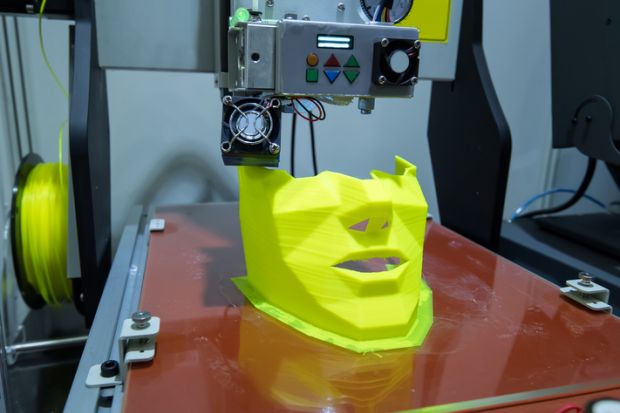China’s massive investment in universities, research and development has helped to propel it to the front rank of the world’s most innovative economies, a new league table suggests.
The east Asian giant has crashed into the top 20 of the Global Innovation Index, an annual ranking published by the World Intellectual Property Organisation, Cornell University and the French business school Insead.
China climbed five places in the 2018 iteration of the index, leapfrogging Canada, Norway, Austria, New Zealand and a fading Iceland to claim 17th spot.
WIPO director general Francis Gurry said that he was normally “wary” of year-to-year changes in the index. “But this reflects a long and consistent trend,” he said.
“China has been moving up and will continue to move up. We are witnessing an extraordinary development.”
The index is also produced by business representative bodies in India and Brazil and a strategy arm of management consultancy PwC. It is calculated from 80 indicators of education, research, infrastructure, market and business sophistication and political and regulatory efficiency, as well as output measures such as patents, trademarks and creative service exports.
Education and research metrics, including gross tertiary enrolments and education spending as a proportion of gross domestic product, account for 12 of the 80 indicators.
Mr Gurry said that China was the only middle-income country to make the index’s top 20, adding that its rapid rise reflected a strategic direction, set by top leadership, to develop world-class capacity in innovation and to move the structural basis of the economy “to more knowledge-intensive industries which rely on innovation to maintain competitive advantage”.
“It heralds the arrival of multipolar innovation,” he said.
WIPO said that a select group of countries, including China and the top three nations of Switzerland, the Netherlands and Sweden, had proven adept at translating their education and research investments into “high-quality innovation outputs”.
Switzerland topped the index for the eighth year in a row, with the Netherlands and Sweden swapping places to claim second and third places, respectively. The UK climbed one place into the fourth spot, while Singapore rose two rungs to fifth.
Other improvers included Israel, which improved by six places to come 11th, while Australia moved up three places into 20th.
But innovation powerhouse the US fell two places to sixth despite boasting the world’s best universities and spending most on research and development. WIPO said that America’s score for university quality, based on averages from top contenders Harvard University, Stanford University and the Massachusetts Institute of Technology, had put it ahead of the UK for the third year in a row.
WIPO also highlighted countries whose innovative capacity exceeded expectations, given their level of development. They included Colombia, Tunisia, South Africa, Costa Rica, Serbia, Montenegro, Thailand, Georgia and Mongolia.
It said that Malaysia and Bulgaria, ranked 35th and 37th, respectively, had performed well as middle-income countries with innovative economies. Other consistent improvers included India, Iran and Vietnam.
The index also highlights the science and technology clusters producing large volumes of scientific publications as well as patents. Japan’s Tokyo-Yokohama cluster tops the list, followed by Shenzhen-Hong Kong, Seoul and Silicon Valley.
Mr Gurry said that the UK, Canada, Brazil, India, Iran, Russia and Turkey also had highly productive clusters. He said that if they were treated as countries in their own right, many would outperform entire nations in some of the indicators used in the index.
Register to continue
Why register?
- Registration is free and only takes a moment
- Once registered, you can read 3 articles a month
- Sign up for our newsletter
Subscribe
Or subscribe for unlimited access to:
- Unlimited access to news, views, insights & reviews
- Digital editions
- Digital access to THE’s university and college rankings analysis
Already registered or a current subscriber? Login









